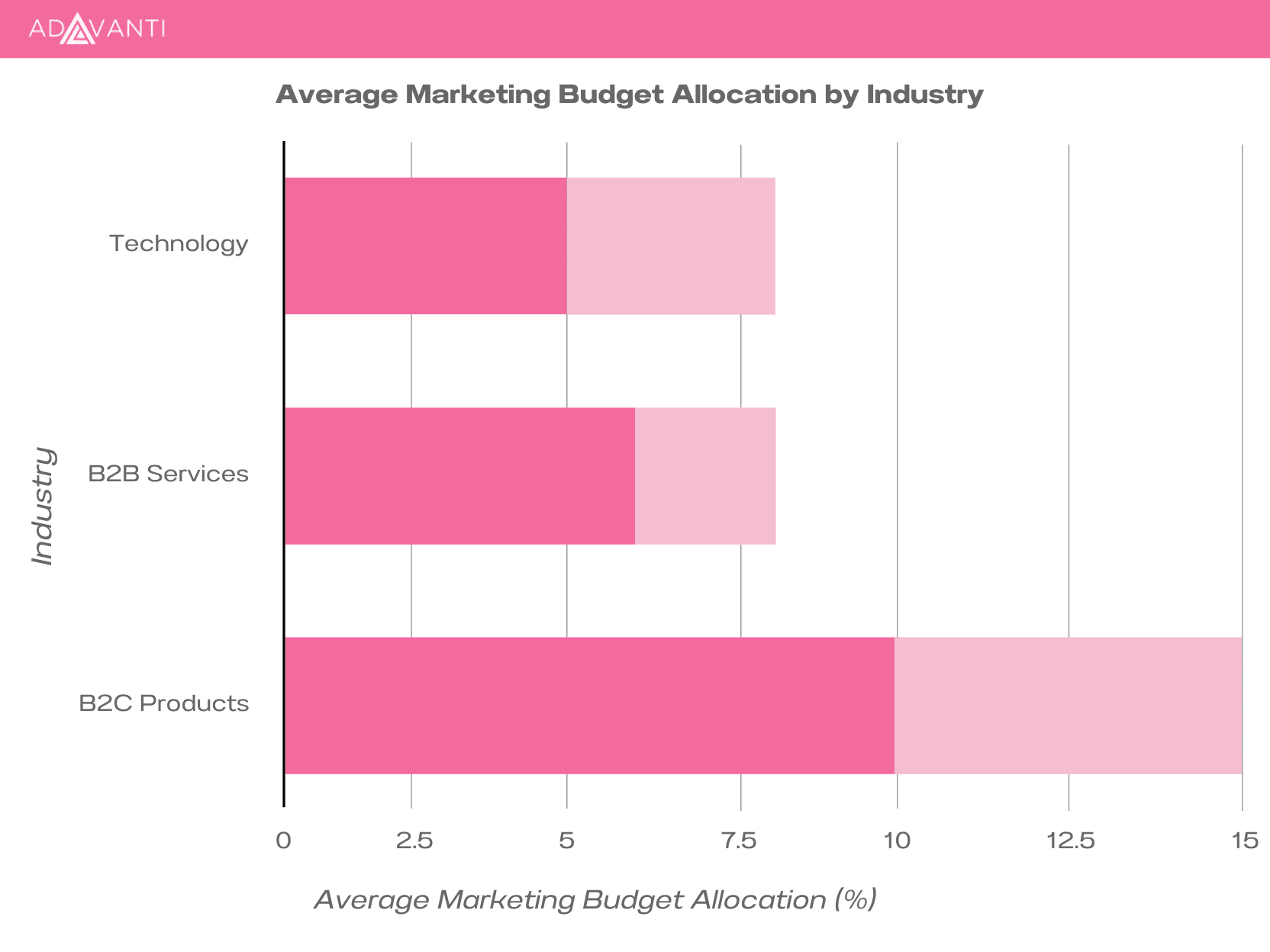How Much Should You Spend on Marketing?
Feeling lost in the marketing budget maze? This comprehensive guide clarifies the complexities, offering a data-driven approach to marketing budget allocation in 2024. We delve into industry benchmarks, explore practical allocation strategies, and provide valuable tips on balancing digital and traditional marketing.
Feeling lost in the marketing budget maze? You're not alone. Many businesses struggle in the dynamic world of marketing, unsure of where to invest for the best results. This comprehensive guide offers a clear roadmap to understanding marketing budgets, combining industry insights with practical allocation strategies. Whether you're leading an existing marketing team or considering outsourcing, this guide empowers you to make informed decisions and confidently navigate your marketing journey.
Insights from Industry Experts
A Gartner CMO survey revealed that publicly traded companies allocate approximately 11% of their revenue to marketing, with a significant portion dedicated to digital channels. However, average budgets vary, and these figures serve as a starting point rather than a rigid rule.
Understanding Your Marketing Budget
While allocating a percentage of revenue is a common starting point, it's crucial to consider several factors:
Company size and stage
Smaller businesses might invest a higher percentage (10-12%) to establish their brand, while larger ones may require a smaller portion (5%).
Industry
Competitive sectors like technology or B2C products often demand higher budgets to stand out.
Business goals
Are you aiming for rapid growth, new product launches, or market expansion? Aggressive goals typically require increased marketing investments.
Industry Benchmarks
Here's a general overview of average marketing budget allocations by industry:
B2B Technology: 5-8%
B2C Services: 6-8%
B2C Products: 10-15%
Beyond Percentages. A Breakdown for Effective Allocation
While percentages offer a starting point, they shouldn't dictate your entire strategy. Consider allocating your budget across different categories based on your specific needs:
5-6% allocation (consider adapting based on your needs)
Reputation and loyalty program management
Event marketing
Channel marketing, referral partnerships, etc.
Content creation and implementation
SEO (combine with content writing for optimal impact)
Video marketing
Traditional advertising (non-digital)
Experimentation with new channels and strategies
7-8% allocation
Social media marketing
Website development maintenance
Market research
Analytics tools and services (customer behaviour, website performance, etc.)
8-15% allocation (if applicable)
Paid search and display advertising
Ecommerce technology and services
Making Informed Choices
Digital vs. Traditional Marketing
Evaluate your target audience and their media consumption habits. Digital marketing allows for immediate conversions and valuable insights, while traditional channels might require different tracking methods like custom URLs or QR codes.
Focus on ROI and Customer Lifetime Value (CLV)
Analyse which channels generate the most conversions and contribute to CLV. Use data-driven insights to allocate resources effectively.
Set a Budget and Track Performance
Start with a maximum budget and adjust based on campaign performance. This allows for flexibility while ensuring you're not underestimating your marketing needs.
Consider Traditional Marketing and Brand Awareness
Although challenging to measure ROI directly, traditional marketing like print or radio can still be valuable for brand awareness. Monitor brand recognition through surveys or other methods.
Ready to unlock growth potential? Book a free consultation with Adavanti today to discuss your unique marketing goals and discover how we can craft a winning strategy tailored for your business, all within your budget.

















